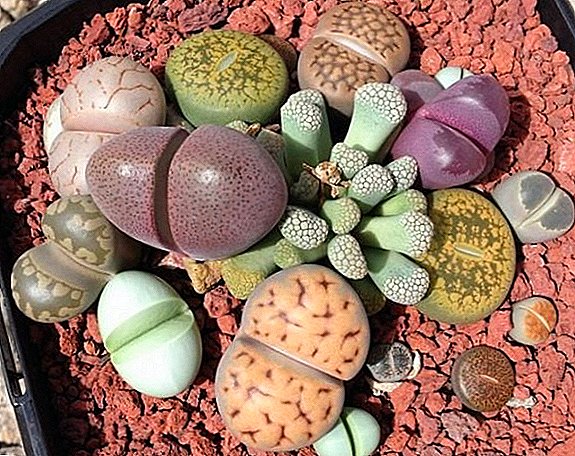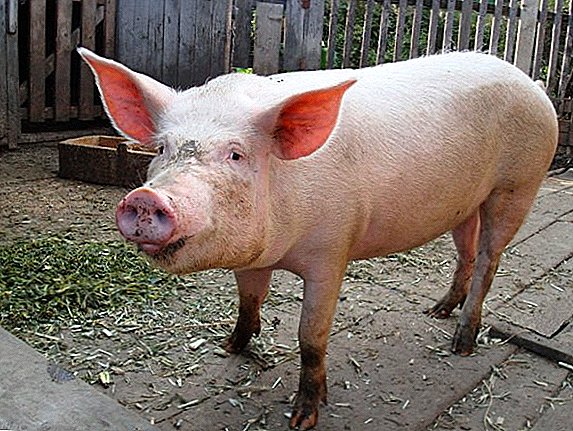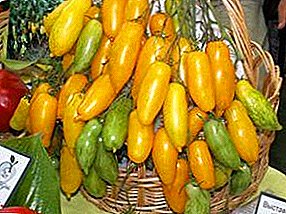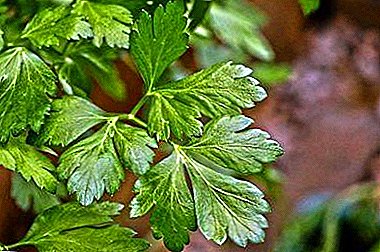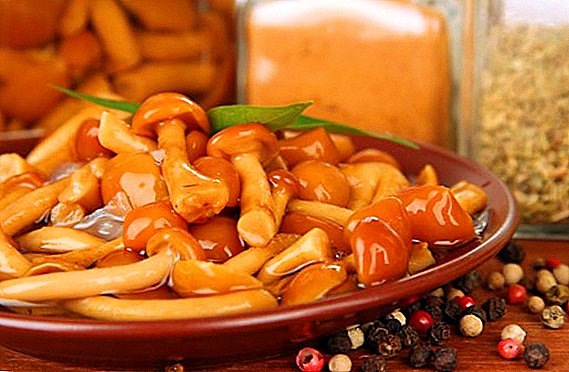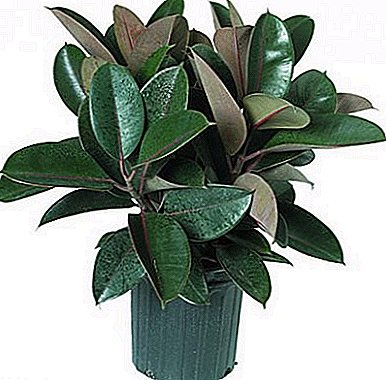
Rubber plant Robusta used for the manufacture of natural rubber.
Can grow in indoor conditions.
In growing unpretentious. Dislikes direct sunlight and excessive watering.
general description
Ficus elastic rubber robusta refers to tall trees of the genus mulberry.
 It is the highest representative of ficuses. The largest trees of Robusta reach more 60 meters. The diameter of the stem can be equal to 2 meters. In room conditions shtamb can branch. The plant forms a large number of aerial roots that overtake the soil after a time. The thickness of these roots is not suitable for banyan. The crown of ficus of this kind in breadth does not grow.
It is the highest representative of ficuses. The largest trees of Robusta reach more 60 meters. The diameter of the stem can be equal to 2 meters. In room conditions shtamb can branch. The plant forms a large number of aerial roots that overtake the soil after a time. The thickness of these roots is not suitable for banyan. The crown of ficus of this kind in breadth does not grow.
The Elastic differs from other representatives by wide glossy wavy leaves. The width of the leaves reach more than 20 centimeters, a length of about 40 centimeters. New leaves can be folded into small cases that fly around after a time. The edges of the leaves turned inward. The surface of the leaflets that appear only has a red-emerald hue.
The surface of old leaves is dark, emerald green. The lamina is round-oval in shape with a thin pointed end. The central vein is well expressed, wide, emerald. The scape is short, light.
Home care
After buying a flower can get used to the atmosphere at home for a long time. Transferring plants to a different climate is fraught with a stressful situation. After acquiring the plant should be placed in a well-lit room without direct sunlight.
Ficus Elastica grows well in partial shade near the balcony or the windows. May tolerate the northern side.
Watering
 Watering should be regular and abundant.
Watering should be regular and abundant.
The plant does not tolerate excessive water flooding. For such ficuses, they specially make a good drainage system out of pebbles or composite.
Permanent overflows lead to acidification of the earth and root decay. Between irrigation, the soil should dry well. Without dehydration, the flower may begin to lose leaves.
Bloom
The flowering of ficus Robusta in room conditions is almost imperceptible compared with the size of natural wood. Fruits-sekonii and amber-emerald inflorescences miniature, in diameter reaching no more than 1 centimeter.
Crown formation
Ficus Elastic does not require the formation of a crown. Such trees are allowed to grow freely even at home. For the active development of lateral stems in an adult flower, you can cut off the top.
The soil
To the soil of Robusta is not exacting. The earth must be nutritious with plenty of salts and minerals. It is better to choose a purchase of breathable soil. Landing is made in a tank large in size. Due to the large growth of the plant, transplants are produced annually. Young trees require top dressing with complex fertilizers.
Nutritional solutions with a large amount of nitrogen are well suited for this procedure. Mature plants are difficult to replant. Therefore, these trees replace the top layer of soil.
A photo
In the photo ficus "Robusta":





Breeding
Reproduction occurs by cutting. You can use the stems after trimming the upper crown. It is necessary to choose planting material with three leaves (internodes).
Rooting occurs in home greenhouses. They are created using plastic bottles or glass jars. The main thing is that such a container would let in sunlight.
Temperature
A shorter or longer interval on the plant has a negative effect.
Benefit and harm
The branches of the plant produce a milky sap. It is great for mining rubber.
 Drops of snow-white dense juice expire when cutting the stems and leaves of the plant.
Drops of snow-white dense juice expire when cutting the stems and leaves of the plant.
On one of the branches under the bark is a curve cut. In place of the wound placed capacity. To prevent the juice from coagulating, the incision is closed with a bandage, previously moistened with alcohol. Vinegar is added to the tank and the mixture is well mixed. Flakes appear in the concentrate, which are washed under running water and rolled into elongated strips.
The rubber is subjected to various tests, since it does not dissolve in water and does not swell during precipitation. Such rubber can be easily processed into rubber or glue. For the manufacture of tires used more than 60% of natural rubber. Large-scale rubber production is used in Thailand, Indonesia and Malaysia.
Diseases and pests
Ficus Elastica pests almost not exposed. Sometimes spider mites appear on the leaves of a flower. To combat this pest, the leaves of the plant are washed under cold running water, having previously closed the ground of the container. Leaves wipe with wet wipes.
The main attention should be paid to the back of the leaflets, as this mite collects colonies and settles in areas inaccessible to the human eye.
After water procedures the pest completely disappears. Sick plant can only from unsystematic care. The most common manifestations are dropping the leaves, changing their color and slowing the growth of the trunk. A plant can get sick from any stressful situation.
Ficuses suffer from excess or lack of sunlight, insufficient irrigation, winds, drafts, high room temperature, dry air. Sometimes diseases manifest themselves after a few months after uncomfortable conditions. Ficus Elastica rubbery Robusta responds well to fertilizing.
May grow in partial shade on the sereny side. Flowering plants almost imperceptible. Under natural conditions, trees reach the 60-meter mark.


